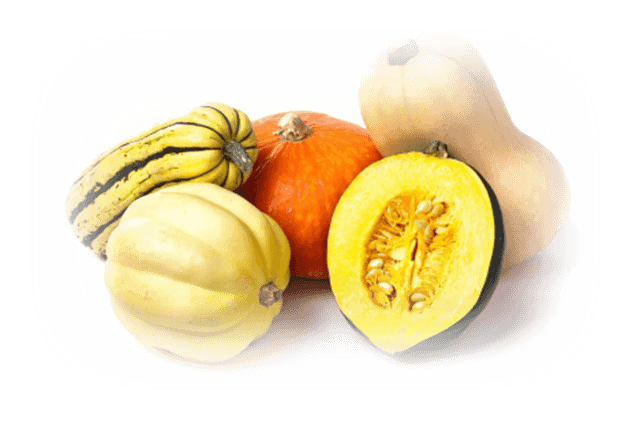
Prepare plants for winter by decreasing irrigation. Plants should not be overly stressed, but if you’re watering once every week, move to every 10-14 days. In Missoula we are behind the average precipitation for the year, but we don’t want trees and shrubs going dry into winter, so watch and see how much mother nature provides before watering.
Plants that ARE hardy to Zones 3 and 4 can have irrigation again AFTER their leaves have changed color and dropped. Harden off less-hardy plants (Zone 5) more carefully. Be careful NOT to keep plants growing by watering, fertilizing with nitrogen, or by heavy pruning.
Water landscape plants, especially evergreens, one last time during late fall --- after deciduous leaf drop when plants are dormant and before the ground freezes.
STOP PRUNNING! UNLESS YOU ARE PRUNING OUT DISEASED BRANCHES, DO NOT PRUNE PLANTS UNTIL THEY HAVE GONE DORMANT. Plants are dormant when their leaves change color and more than 75% of them have dropped. You can prune evergreens when deciduous plants lose their leaves.
Protect leafy evergreen (Rhododendrons and Oregon grape) plants and roses (esp. climbing roses) from winter wind and bright sunlight with shading, or spray anti-transpirants such as Wiltpruf.
Put containerized plants on their sides in a protected area where temperatures will remain constant; bury containers in sawdust or ground bark. If voles or mice are a problem, be sure to add some bait in enclosed stations, to prevent damage to woody plant branches. If plants are to over winter indoors, treat any pest problems before bringing inside!
Protect the trunks of recently transplanted young trees with light-colored wrapping or white latex paint. This helps decrease bark splitting on cold nights following bright, sunny winter days during which young trees soak up the rays and forget it’s winter.
Mulch plants after the first hard frost with compost (up to 2 inches deep), or mulch with straw, hay, composted leaves, or non-diseased brush trimmings. Mulching is especially important for strawberries and grafted tea, grandiflora, and floribunda type roses. Cover roses up to 1 inch above the bud graft union with soil, then add 2 feet of loose mulch, such as pine needles or ground bark. If you choose to not trim back perennials, this adds a layer of protection thru the winter months, especially if we don’t get a good snow cover.
Mow the lawn short (approximately 1.5-2”) one last time after the first hard freeze. This will help to avoid a fungus disease called “Snow Mold” if we have a snowy winter.
Apply a light application of compost to lawns (1/2 inch to 1 inch deep) after the last mowing of the season.
Divide any spring and summer blooming perennials now. Be sure to water in well and give extra protection with adding a layer of mulch around them.
Weed spraying in the fall after a hard frost, yields good results on tap rooted perennials such as dandelions and knapweed.
